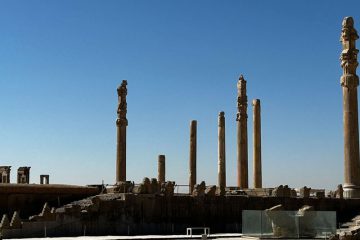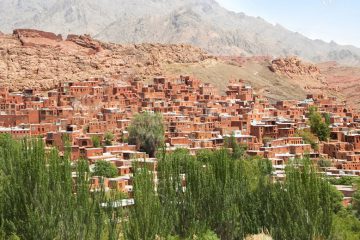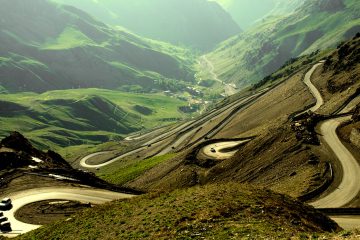
CLIMATE & NATURE OF IRAN
Iran is a country brimming with surprises at every turn. From the warm hospitality of its people to its captivating attractions and stunning natural landscapes, and the climate of Iran, this beautiful country never fails to amaze visitors. With its diverse climates spanning across the nation, Iran offers a four-season experience, ensuring that each visit is unique depending on the time of year.
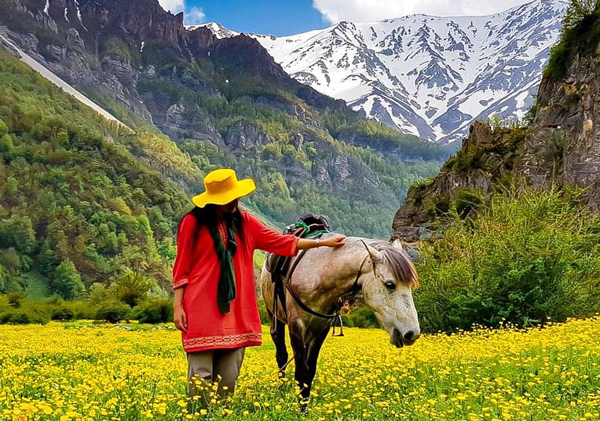
Weather in Iran Springtime Splendor
Traveling to Iran in spring offers a delightful experience of vibrant nature, gentle spring breezes, and trees adorned with delicate white and pink blossoms. Most cities enjoy this pleasant weather during spring. However, in the northern regions of Iran, the weather remains chilly and rainy during this season. Spring is considered an ideal time to visit Iran as temperatures are mild, except in the southern regions where summer heat begins to set in.
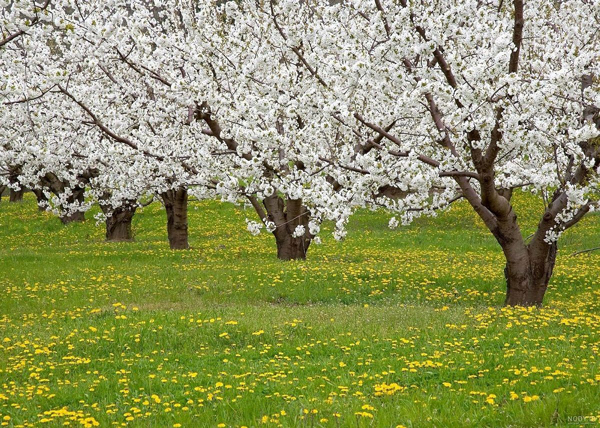
Summer in Iran, Embrace the Arrival of Summer Heat
During the summer months, Iran experiences hot weather typical of many four-season countries. The sun shines intensely, necessitating the constant presence of a cold water bottle whenever venturing outdoors. Along the Caspian Sea, the climate is particularly hot and humid, adding to the discomfort. Similarly, the southern regions of Iran also endure sweltering heat and humidity during this time. However, in the mountainous areas of southwestern Iran, such as Tabriz and Azerbaijan, the weather tends to be cooler compared to other parts of the country.

Experience the Enchanting Desert Nights
Another unforgettable experience during the summer months is exploring Iran’s stunning deserts, such as Varzaneh and Lut. While many people avoid the scorching heat of the deserts, they often overlook the magical evenings that unfold with the star-studded sky and refreshing coolness, creating a dreamAutumn in Iran: A Symphony of Warm Colors
Autumn in Iran
Experience the crisp air and vibrant hues of autumn in Iran as you stroll along streets adorned with fallen leaves. The weather varies across the country, with cooler temperatures in the north and spring-like conditions near the Persian Gulf. Autumn offers a pleasant respite from the summer heat, making it an ideal time to explore Iran’s central regions, where you can enjoy the perfect blend of cool weather and scenic beauty described in the first sentence.
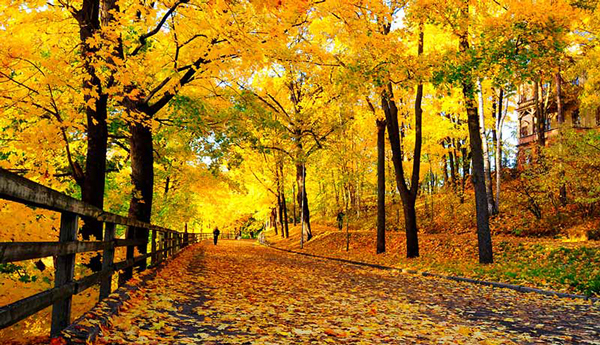
like an atmosphere that shouldn’t be missed.
Iran Ski Touring
Winter in Iran: A Wonderland of Snow
Escape to the ski resorts of Tochal, Koohrang, Dizin, and Shemshak during the winter months in Iran. Gather your family and friends for snow tubing, snowman-building, and memorable moments in the snow. Afterward, retreat from the chilly temperatures of the north and central regions to the mild climate of the south. Take leisurely walks along the sandy shores of the Persian Gulf, basking in the warm, spring-like weather of the south.
Winter in Iran offers a diverse climate experience throughout the country. From the lush green forests of the north to the sunny beaches and islands of the Persian Gulf, you can encounter all four seasons in different regions of Iran. This variation in climate across Iran adds to the country’s overall splendor and allure. When planning a trip to Iran, it’s essential to consider the diverse climate across the country. From snowy mountains to volcanic beaches, Iran offers a wide range of weather conditions. Therefore, it’s crucial to carefully plan your itinerary and check the weather forecast for the specific regions you’ll be visiting. Iran’s climate can vary greatly from south to north, with changes in temperature and humidity throughout the year. Be sure to pack accordingly and adjust your plans based on the weather conditions of your chosen destinations.

But hold on! Does Iran have a general weather pattern?
Certainly! Iran generally experiences a hot and dry climate. Many of its historical sites are situated in the arid central regions. If you observe the topography, you’ll notice two significant mountain ranges that significantly influence the climate and weather. Some liken the appearance of these ranges to a ‘less than’ symbol (<), while others see them as two halves of a boomerang.
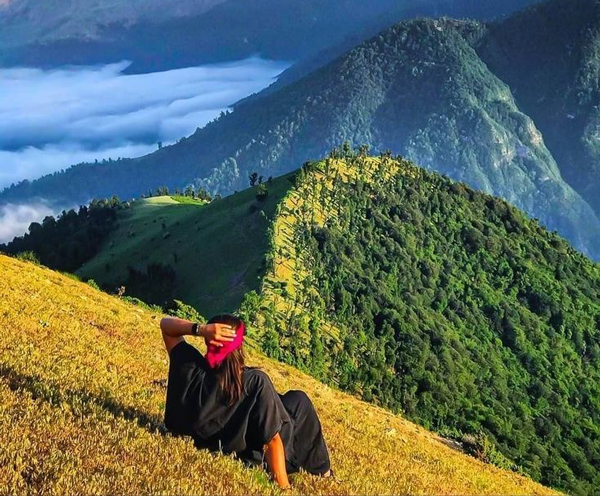
In the North, the mountains boast lush greenery and experience a rainy, humid climate. Summer is ideal for visiting the Mountainous North. For the Caspian Sea region, opt for fall and spring, as summers are hot and humid. In the South, near the coast, summers can be scorching and humid. Many travelers prefer visiting Southern destinations in fall and winter for the pleasant climate. Since Iran is mainly mountainous, higher elevations mean cooler temperatures. The central area remains hot and dry throughout most of the year.
Spring is generally the optimal time to visit Iran. The weather across the country’s vast terrain is mild and pleasant during this season. Additionally, you’ll be treated to the sight of countless blossoms as trees spring back to life. The average temperature in Iran varies significantly due to its diverse geography. It’s challenging to provide a general overview of the weather because of Iran’s vast mountains and valleys. Within a few hundred kilometers, you can experience both below-freezing and near-boiling temperatures simultaneously.
For instance, during summer, the Caspian Sea Coastal region may reach temperatures of up to 40°C, with 70% humidity. At the same time, just a short drive into the nearby Alborz mountains can lead to temperatures as low as 15°C. No matter when you decide to visit Iran, there’s no need to worry about the weather. You’ll always find a place with the ideal temperature to suit your preferences.
Plus, there are plenty of ways to cope with extreme temperatures, whether it’s hot or cold. Local Iranians have fully adapted to their environment and know all the tricks to ensure comfortable living temperatures throughout the year. The key thing for travelers to understand is that many tours prioritize attractions in Iran’s central region. Although there are tours that cover the northern areas, be prepared for hot and dry weather. If you’ve planned your trip, make sure to check the temperatures of each city you’ll be visiting and pack accordingly.
If you’re traveling solo or backpacking in Iran, it’s crucial to prepare for the country’s diverse weather conditions. Bring both light summer clothes and heavy winter gear to cover all extremes, especially if you plan to explore various regions extensively.
Iran Current Weather


